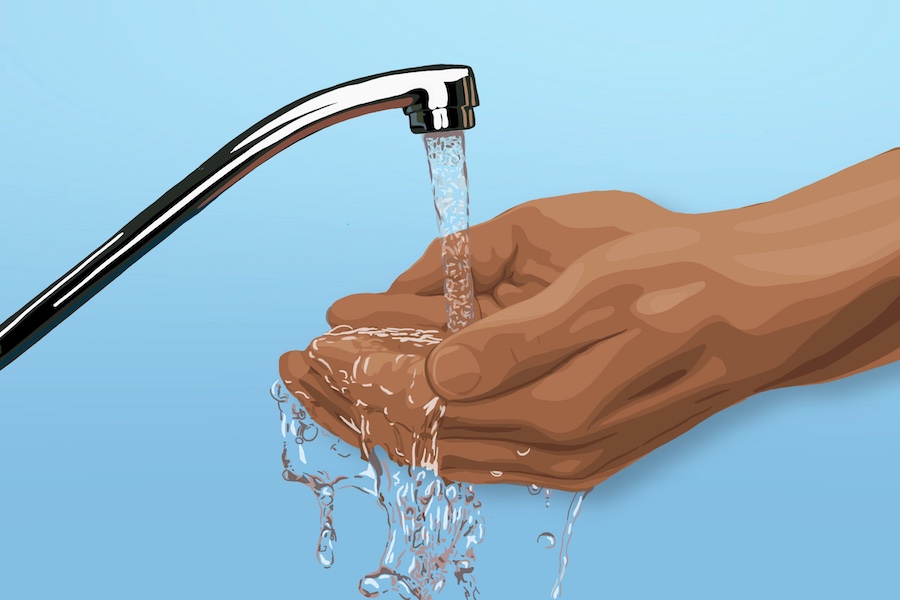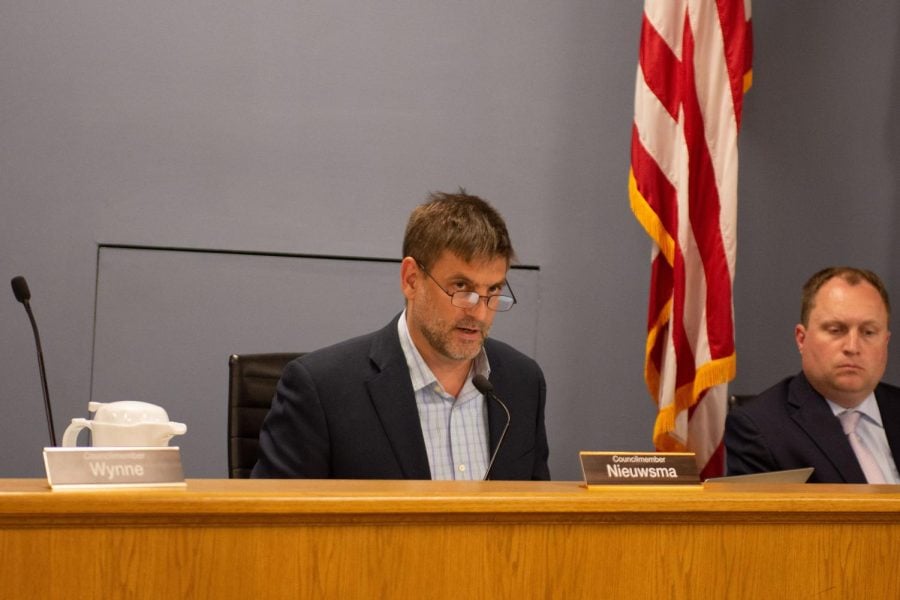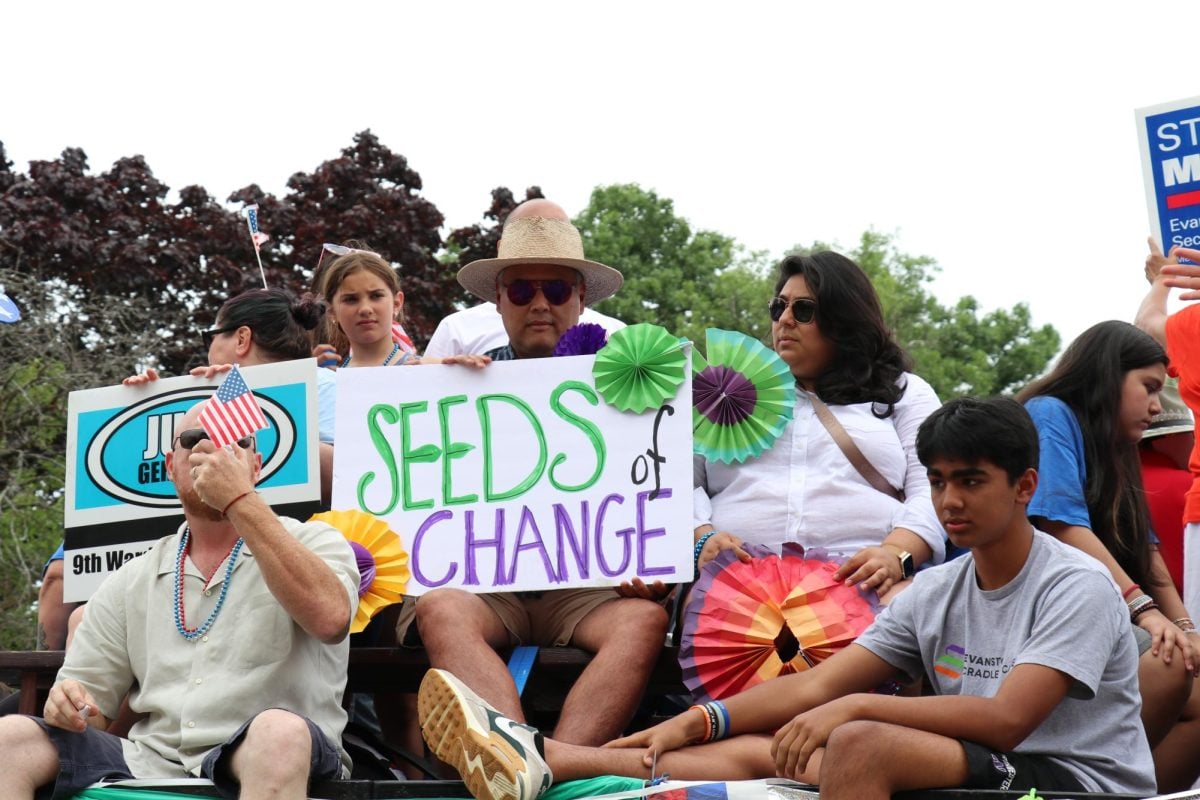Study led by Northwestern professor quantifies experiences with global water insecurity
Daily file illustration by Carly Schulman
Water Insecurity Experiences (WISE) scales designed by anthropology Prof. Sera Young and others measure global water disparities at a holistic level.
January 4, 2023
A recent study led by a Northwestern professor has made significant advancements in quantifying global experiences with water insecurity.
The 2022 study, with anthropology Prof. Sera Young as the lead primary investigator, relied on data from a 12-question survey developed by Gallup World Poll. The poll examined problems with water availability, access, use and stability for 45,555 adults across 31 low- and middle-income countries. Collaborators on the study developed the Individual Water Insecurity Experiences scale to measure individual water insecurity.
The Water Insecurity Experiences scale, the foundation of the IWISE scale, evaluates whether a household has enough water to meet all its needs, such as drinking and hand-washing.
“Through this measure, we can get a better idea of what people are actually experiencing given their water supply,” said anthropology Prof. Hilary Bethancourt, a collaborator on the study. “Just because you have what is considered a safely managed drinking water source in your house doesn’t necessarily mean that you have enough of it.”
Chad Staddon, a professor of resource economics and policy at the University of the West England, Bristol, attended the Household Water Insecurity Experiences scale consortium at Texas A&M in 2016 alongside NU faculty. He also acted as primary investigator for Labuan Bajo, Indonesia in the water insecurity study.
Staddon said the HWISE scale subjects better indicate global progress — such as the United Nations Sustainable Development Goals of clean water and sanitation — than current, non-experiential indicators, such as gender or age.
“Virtually all other water security measures take hydrological data,” Staddon said. “One of the things that attracted me to the household as the scale of analysis is that we all live in households, so it’s a very meaningful, relatable scale of analysis — particularly in developing world settings.”
The global study found that 14.2% of those surveyed were water insecure, encompassing 436 million of the 3 billion adults represented in the survey sample. Sub-Saharan African countries experienced the greatest water insecurity — 63.9% and 45% in Cameroon and Ethiopia, respectively.
However, the study did not find a single sociodemographic characteristic that consistently predicted water insecurity.
“We see that some variables are somewhat predictive of water insecurity, but not nearly to the extent to which they alone could give us this information,” said Edward Frongillo, a collaborator in the study and director of the Arnold School of Public Health’s Global Health Initiatives at the University of South Carolina. “This tells us that it’s worthwhile assessing water insecurity directly.”
Frongillo also said the study looks at both the extent and nature of the global water problem. He said the WISE Scale allows researchers to assess the degree of an individual’s water insecurity, not just if they are geographically water insecure.
He said collecting this individualized data allows researchers to understand experiences both on the granular level, as well as the variety of different experiences.
“If we just know about water sources, then we know what’s out there in the environment that could be accessed,” Frongillo said. “We don’t know how that water is being used, or whether the access is stable or not.”
Bethancourt said the study marks a turn from simply evaluating whether the water that households use is classified as an improved water source.
Both Frongillo and Bethancourt drew parallels from water to food insecurity. They said experiential data, such as household food access, has historically acted as a more comprehensive measure than, for instance, per capita calories available in studies on the subject of food insecurity.
“We now have an idea of our food insecurity, what the prevalence is across countries and how it’s changing over time,” Bethancourt said. “We don’t know that about water insecurity yet.”
Frongillo anticipates the data made available by WISE and experiential studies will create greater awareness surrounding the link between resource usage and health outcomes and will encourage more holistic approaches to addressing insecurities.
“Government data doesn’t really tell you much about what the experience of water security or insecurity is like, and tells you absolutely nothing at all about unequal access or water injustice,” Staddon said. “(These studies are) hugely important. It’s quite transformative.”
Email: [email protected]
Twitter: @noracollins02
Related Stories:
— In Focus: Loopholes in federal lead law left 5th Ward in the dark about what is in its water
— ‘We Are Water’ Project assesses Evanstonians’ relationship with water
— Global water fellow discusses whether access to water is human right












